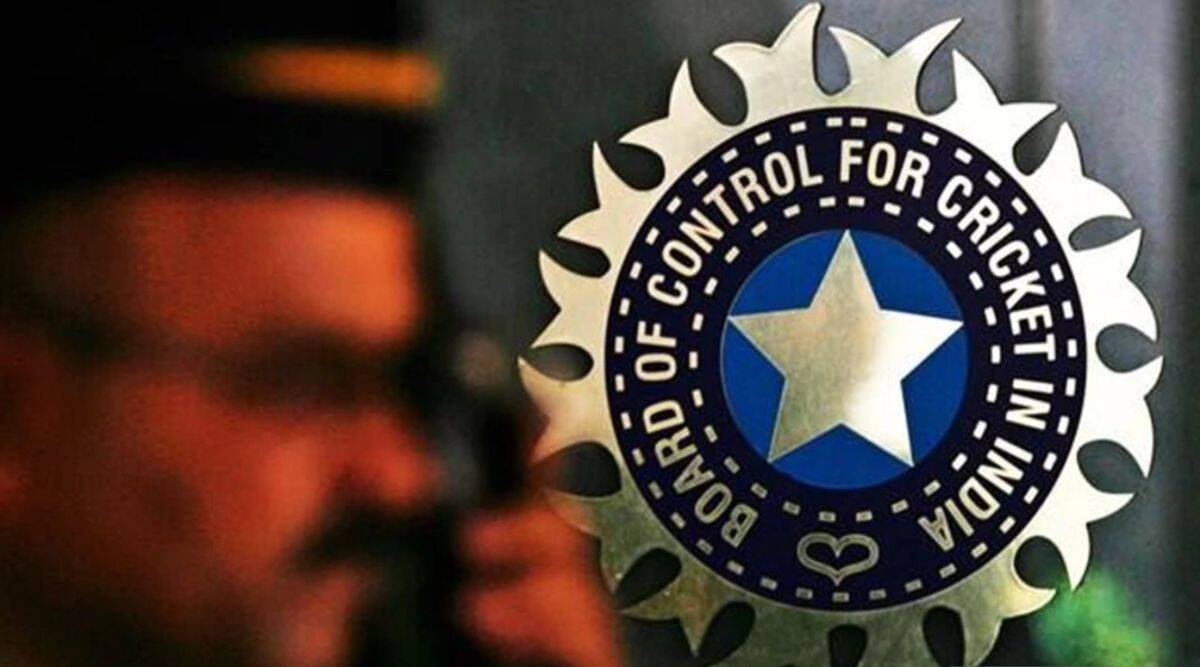WITH THE global economy looking more uncertain amid war, expectations have turned modest in New Delhi. Ending the financial year 2022-23 with the economy growing at 6.5 per cent, retail inflation at 6.5 per cent, repo rate at 6.5 per cent, and a fiscal deficit as a percentage of GDP at 6.5 per cent will be a reasonable expectation, said top government sources.
“The magical number is 6.5 per cent,” a source in the government, who tracks and analyses the macro-economy, and guides policy-making, told The Indian Express. But top officials are wary of moderating expectations right now since the political establishment is rooting for a 7 per cent plus growth rate and a retail inflation of under 6 per cent (within the 2-6 per cent range as per the monetary policy framework agreement between the Union Ministry of Finance and the Reserve Bank of India).
Of course, the government is also not in complete agreement with the RBI if the right approach at this juncture would be to further hike repo rates (the rate at which the RBI lends to commercial banks), especially given the flagging rural demand. Just when there were nascent signs of economic recovery, higher interest rates may prompt companies to put on hold their expansion and investment plans, felt government officials.
The RBI has already cut the GDP growth rate projections for the full year to 7 per cent from 7.2 per cent in its latest policy review on September 30. But economists suggest the economy is unlikely to grow at 7 per cent. The World Bank has already cut the India growth forecast in October beginning by 100 basis points to 6.5 per cent.
In crises, 6.5% seen as modest
WITH IMF forecasting the world economy to slow to 3.2% in 2022 (6% in 2021), officials say a growth rate of even 6.5% for India in FY23 will be seen as ‘remarkable’ given global uncertainties. Once the tide passes, Indian will be well placed to bounce back with government pushing through reforms.
An economist, who did not wish to be named, pointed out that the RBI’s estimated Q3 and Q4 growth rate of 4.6 per cent each on September 30 is higher than the August 5 estimate of 4.1 per cent in Q3 and 4 per cent in Q4. “Given that the 1.90 percentage point between May and September will play out fully in the next six months, demand is likely to remain suppressed, slowing investments and economic activity, thus adversely impacting growth,” the economist said.
After five rounds of hikes since May, the repo rate currently stands at 5.9 per cent and the Consumer Price Index-based or retail inflation at 7.41 per cent in September. The average retail inflation in the first half of FY23 (April-September) is 7.2 per cent. RBI Governor Shaktikanta Das said Saturday that the October inflation (data for which is expected Monday) is likely to be below 7 per cent. For the full year, RBI’s inflation outlook is 6.7 per cent (assuming average crude oil prices of the Indian basket at $100 a barrel).
On the deficit front, government officials said subsidies may be higher than estimated, but higher GST collections may make up for that. The fiscal deficit may be slightly higher than the Budget Estimate, but they expect to rein it in by keeping a tight leash on non-productive expenditure. “It may not go beyond 6.5 per cent of GDP,” said an official, who did not wish to be named.





